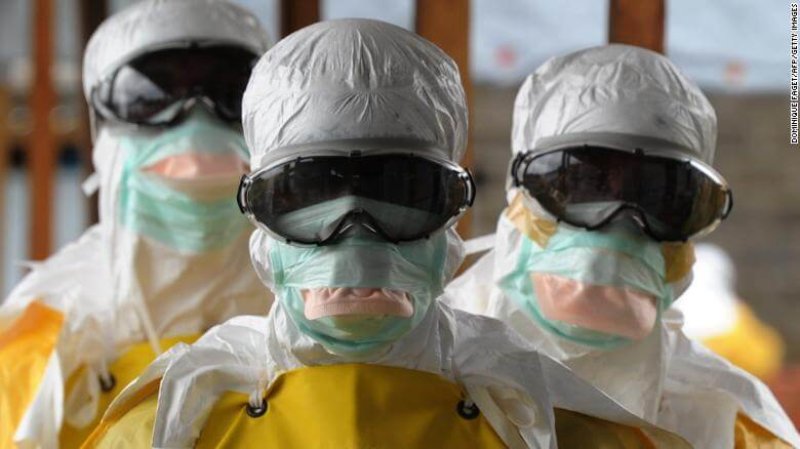Disease X — a yet unseen deadly infectious disease with an epidemic potential for which no countermeasures exist — has recently been added to WHO’s Blueprint list of priority diseases of concern to public health. While we don’t know what Disease X might be, it reflects the fact that a future pandemic threat may be unexpected. The list contains other dreadful pathogens that were indeed unexpected when they recently emerged, such as Ebola, SARS, and Zika viruses.
Throughout history many different and deadly pandemics have swept across the world. Plague devastated European populations in the middle ages, and smallpox killed small children put fear into people’s hearts well into the 20th century.
…
Given the unknowns and the recent experience with unexpected novel pandemic threats such as SARS, it is fitting that an unknown has been added to the list. A future pandemic could either occur naturally from cross-over of animal viruses, or it could be a bioterrorism event. A recent publication of a “recipe” for how to make a close cousin of the smallpox virus in the laboratory caused a big stir among concerned scientists.
Indeed, the threat of Disease X is all too real.
Read full, original post: Disease X: Which Plague Is Coming Next?































